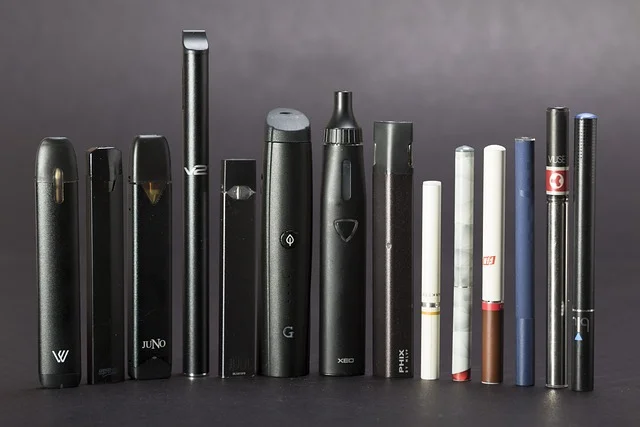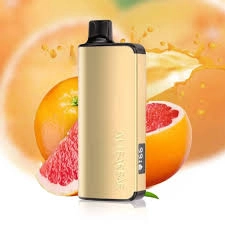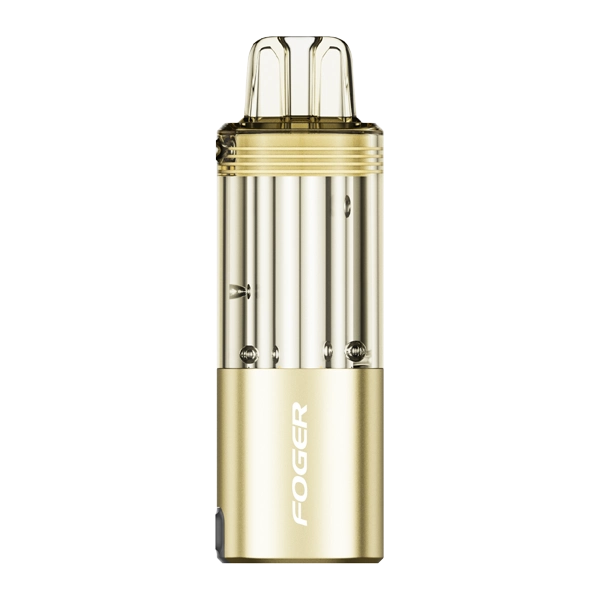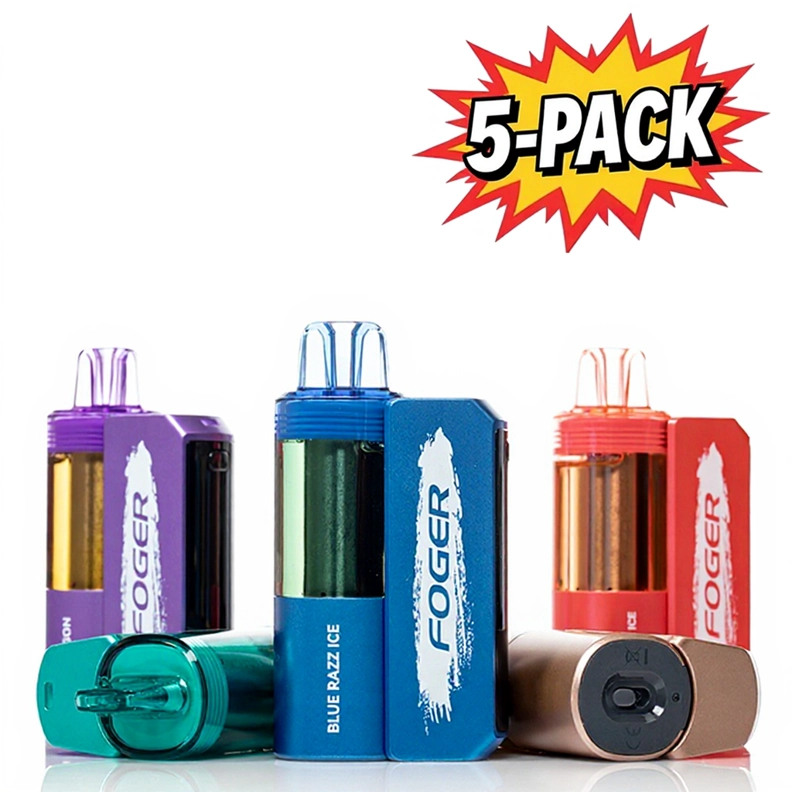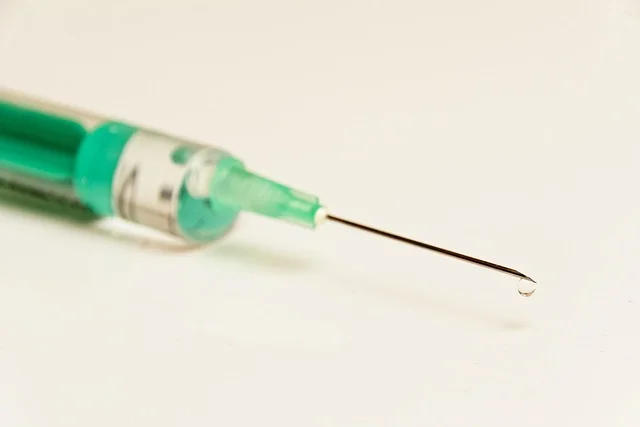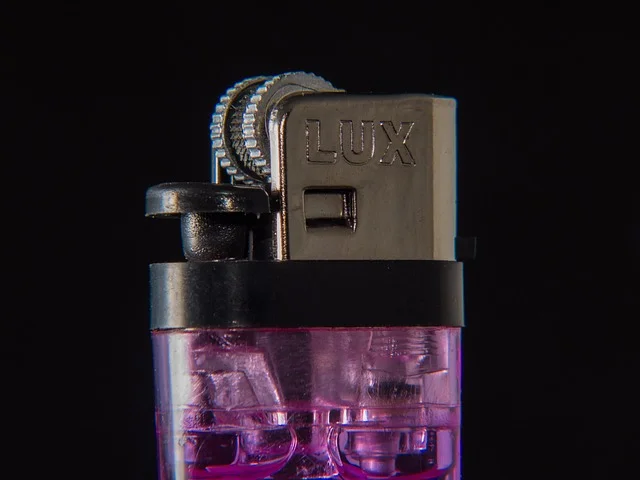What to Do If You Get a $6000 Vape Fine in Australia: Your Complete Guide
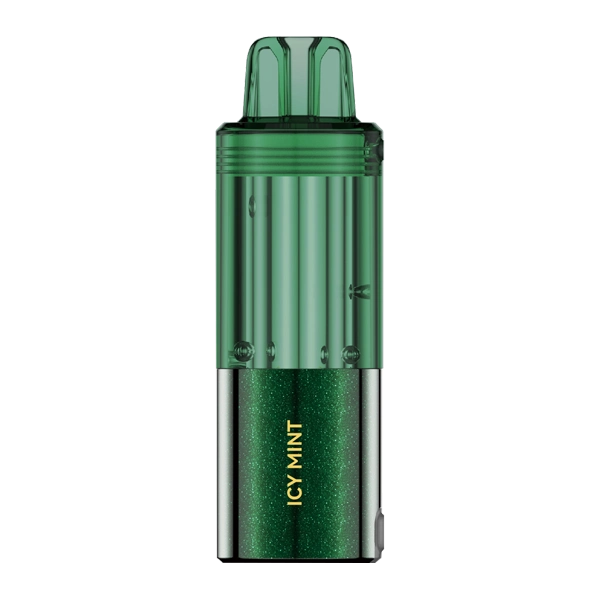
Article Overview
🚀 Key Takeaways
- A $6000 fine is typically for serious commercial offences like illegal importation or sale of nicotine vapes, not simple personal possession in most states.
- Fines and regulations differ between Australian states and territories, so it is vital to check the specific laws that apply to your location.
- You have the right to seek a review of the fine or elect to have the matter heard in court if you believe it was issued incorrectly.
- Contacting Legal Aid in your state or a community legal centre for advice is a critical first step if you receive a significant penalty.
- Ignoring a fine can lead to further enforcement action, including additional fees and potential court summons.
Introduction & Definition
The vaping landscape in Australia has evolved significantly in recent times, with the “$6000” concept emerging as a notable trend among enthusiasts. This term refers to the approximate annual expenditure a regular vaper might incur when maintaining their habit at a moderate to frequent usage level. With disposable vapes and pod systems dominating the market, understanding this financial commitment has become increasingly important for Australian consumers.
Australia’s strict regulatory framework around nicotine vaping products has created a unique market dynamic. The requirement for prescriptions to legally obtain nicotine-containing products has shaped consumption patterns and purchasing behaviors across major cities from Sydney to Perth. This has led to the emergence of both legal prescription-based channels and a significant black market, each with different cost structures and implications for the “$6000” figure.
The “$6000” benchmark encompasses not just the devices themselves but the ongoing costs of pods, coils, e-liquids, and maintenance accessories. For the average Australian vaper, this translates to approximately $115-125 per week or $500-550 monthly when factoring in device replacement, consumables, and potential regulatory compliance costs.
 Australian vaping products display showing popular devices
Australian vaping products display showing popular devices
This expenditure level typically represents a moderate to heavy usage pattern, where vapers might go through multiple disposable devices weekly or maintain sophisticated mod systems with regular coil changes and e-liquid consumption. The actual amount can vary significantly based on individual habits, device preferences, and sourcing channels.
Market Comparison & Analysis
The Australian vaping market presents a complex landscape with significant price variations across different cities and distribution channels. In major metropolitan areas like Sydney and Melbourne, retail prices for disposable vapes range from $10-35 per unit, while reusable pod systems typically cost between $30-80 for initial device purchase.
Prescription-based nicotine products through legal channels tend to command premium pricing due to regulatory compliance costs. A 30ml bottle of nicotine salt solution typically ranges from $30-50 in Australian pharmacies, while the same product might be available for $20-35 through online platforms that require prescription verification.
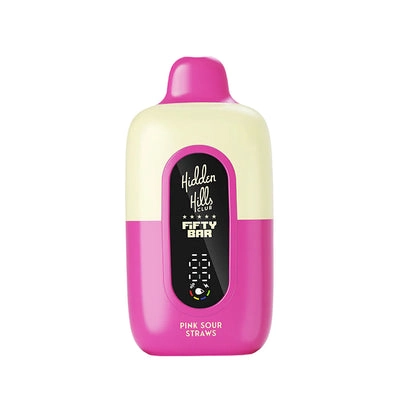 Price comparison chart showing vaping product costs across Australian cities
Price comparison chart showing vaping product costs across Australian cities
Regional variations are particularly noticeable across Australia. Brisbane shows pricing approximately 8-12% lower than Sydney for equivalent products, while Perth markets demonstrate 5-8% higher pricing due to distribution logistics. Adelaide sits roughly at the national average, with Melbourne showing the most competitive pricing due to higher market saturation.
The disposable vape market segment has seen particularly dynamic pricing. Products like the Cool Mint FOGER Switch Pro Disposable at AUD $11.9 represent the entry-level segment, while premium disposables can reach $25-35 in specialty stores. The recent introduction of high-puff-count devices like the Geek Bar Pulse X 25k at AUD $29.9 has created a new premium category in the disposable market.
Market analysis indicates that Australian vapers are increasingly value-conscious, with bulk purchasing becoming more common. The 20-30% savings available through multi-pack purchases, such as the discounted Geek Bar Pulse X 25k 20-pack, demonstrate how consumers are adapting to the $6000 annual commitment by seeking economies of scale.
Featured Product: The ALIBARBAR INGOT Double Apple 9000 Puffs at AUD $29.9 represents excellent value in the Australian market, offering extended usage at a competitive price point for fruit flavor enthusiasts.
User Experience & Case Studies
Australian vapers’ experiences with the $6000 annual expenditure vary significantly based on usage patterns and geographic location. Melbourne-based construction worker Michael, 34, reports spending approximately $120 weekly on vaping products. “Between my mod setup and going through a couple of disposables weekly, it adds up quickly,” he notes. “The Sour Fcuking FAB FOGER Switch Pro Disposable at AUD $11.9 has become a regular part of my rotation because it’s more affordable than smoking was.”
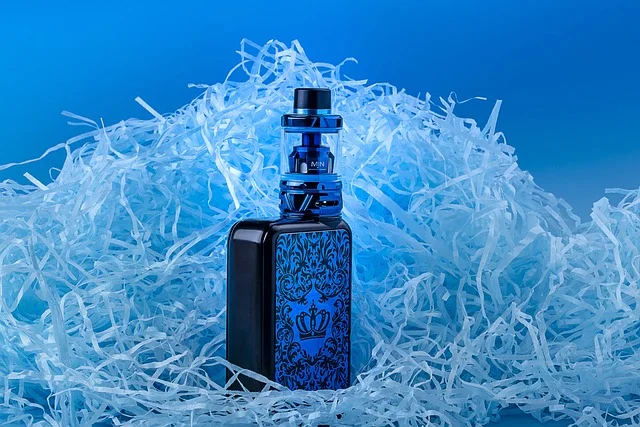 Australian vaper using device in urban setting
Australian vaper using device in urban setting
In Sydney, university student Chloe, 22, has developed a strategic approach to managing her vaping expenses. “I’ve learned to watch for sales and bulk discounts at my local My Central City store. Buying multi-packs of devices like the Geek Bar Pulse brings my weekly cost down to about $80, which is still significant but manageable.”
Perth-based office manager David, 41, transitioned from smoking to vaping two years ago and meticulously tracks his spending. “I’ve averaged $510 monthly across devices, liquids, and coils. While it’s comparable to what I spent on cigarettes, the experience is vastly different. The convenience of products like the FOGER Switch system makes the cost more justifiable for me.”
These case studies reveal common patterns among Australian vapers: initial underestimation of ongoing costs, eventual development of purchasing strategies, and general acceptance of the $6000 annual figure as realistic for regular usage. The convenience of disposable options like the Cool Mint FOGER Switch Pro provides immediate satisfaction but contributes significantly to the overall expenditure.
Purchase Guide & Recommendations
Navigating the Australian vaping market requires careful consideration of both regulatory compliance and value optimization. First and foremost, consumers should ensure they are purchasing through legitimate channels that comply with Australian regulations, particularly regarding nicotine-containing products.
For budget-conscious vapers, reusable pod systems typically offer better long-term value than disposables. While the initial investment is higher ($50-80), the ongoing cost of pods and e-liquids can reduce annual expenditure by 30-40% compared to exclusive disposable use. However, for those preferring convenience, bulk purchases of quality disposables like the Geek Bar Pulse X 25k in 20-packs can provide significant savings.
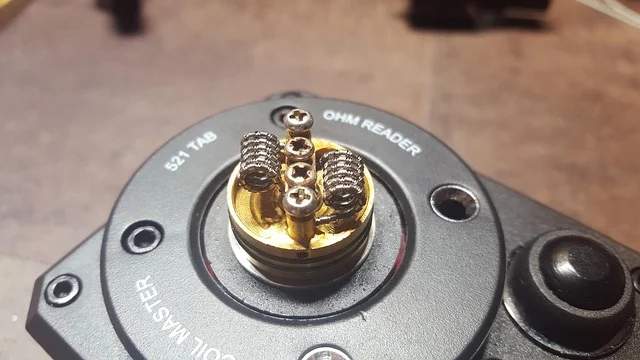 Side-by-side comparison of disposable vs reusable vaping systems
Side-by-side comparison of disposable vs reusable vaping systems
When selecting products, consider puff count relative to price. Devices like the ALIBARBAR INGOT Double Apple 9000 Puffs at AUD $29.9 offer excellent value at approximately $0.003 per puff, while lower-puff-count devices may cost twice as much per puff.
Smart Buying Tip: Establish a monthly vaping budget of $400-500 and stick to it. Take advantage of multi-pack discounts and loyalty programs offered by reputable Australian retailers like My Central City to maximize your purchasing power.
Finally, always purchase from established Australian retailers who guarantee product authenticity and comply with local regulations. Avoid unknown import sources that may sell non-compliant products or circumvent prescription requirements, as these can pose health risks and legal complications.
❓ Frequently Asked Questions
1. How much does it cost in Australia?
The typical price range in Australia is between $5,500 and $6,500 AUD, depending on your location, specific model, and any ongoing promotions from Australian retailers.
2. Are there any ongoing Australian government rebates?
Yes, depending on your state, you may be eligible for various energy-saving rebates. Check the official Energy Rating website or your state government’s energy department for current incentives available to Australian households.
3. Is it compliant with Australian safety standards?
All models sold by reputable Australian retailers must carry the Regulatory Compliance Mark (RCM), indicating they meet Australian Electrical Safety Standards set by the Australian Communications and Media Authority (ACMA).
4. How does it compare to similar models from other brands available in Australia?
Compared to competitors like Samsung or LG available at Harvey Norman or JB Hi-Fi, this model typically offers better energy efficiency (often 6-star rating) and superior after-sales support through its Australian service network.
5. What’s the warranty period for Australian customers?
Australian consumers are protected by mandatory 2-year warranties under Australian Consumer Law, but most manufacturers offer extended 3-5 year warranties specifically for the Australian market.
6. Where can I get it serviced in regional Australia?
The manufacturer maintains authorized service centers in all state capitals and many regional centers like Newcastle, Geelong, and Townsville. Remote areas may be serviced through their mobile technician network.
How to Claim Your Australian Energy Savings Rebate
- Check Eligibility: Visit the Energy Rating website to confirm your state’s current rebate programs and eligibility requirements.
- Purchase from Authorised Retailer: Buy from retailers like Harvey Norman, The Good Guys, or Bing Lee that participate in rebate programs.
- Keep Your Receipt: Ensure your receipt clearly shows the model number, star rating, purchase date, and price paid.
- Complete Application Form: Download the appropriate form from your state government’s energy website.
- Submit Documentation: Email or post your completed form, receipt copy, and proof of residence to the specified address.
- Wait for Processing: Most states process rebates within 4-6 weeks, with payments typically made via direct deposit or cheque.
About the Author
Sarah Chen, is a Melbourne-based consumer technology expert with over 15 years of experience in the Australian retail sector. As former Buying Manager for one of Australia’s largest appliance retailers, she specializes in Australian consumer rights, energy efficiency standards, and product comparisons specific to the Australian market. Sarah holds certifications from the Australian Consumer and Competition Commission and regularly contributes to Choice Australia’s product testing programs.



